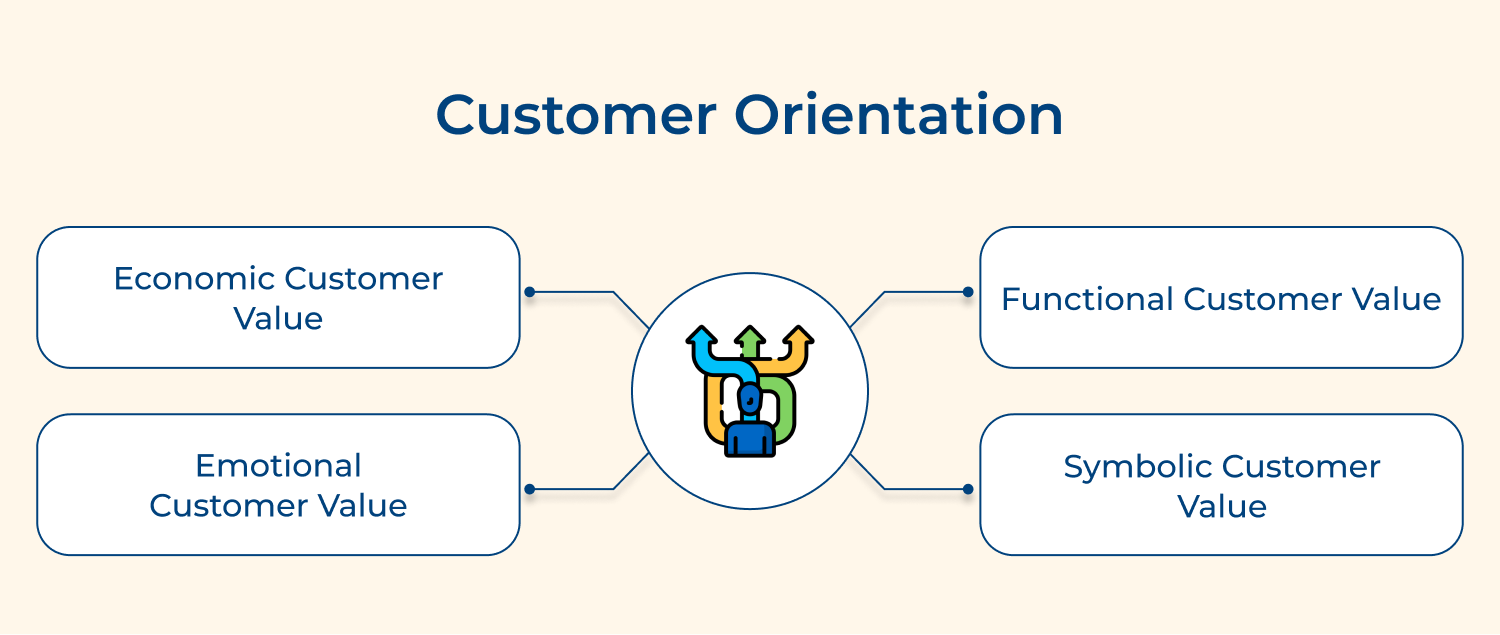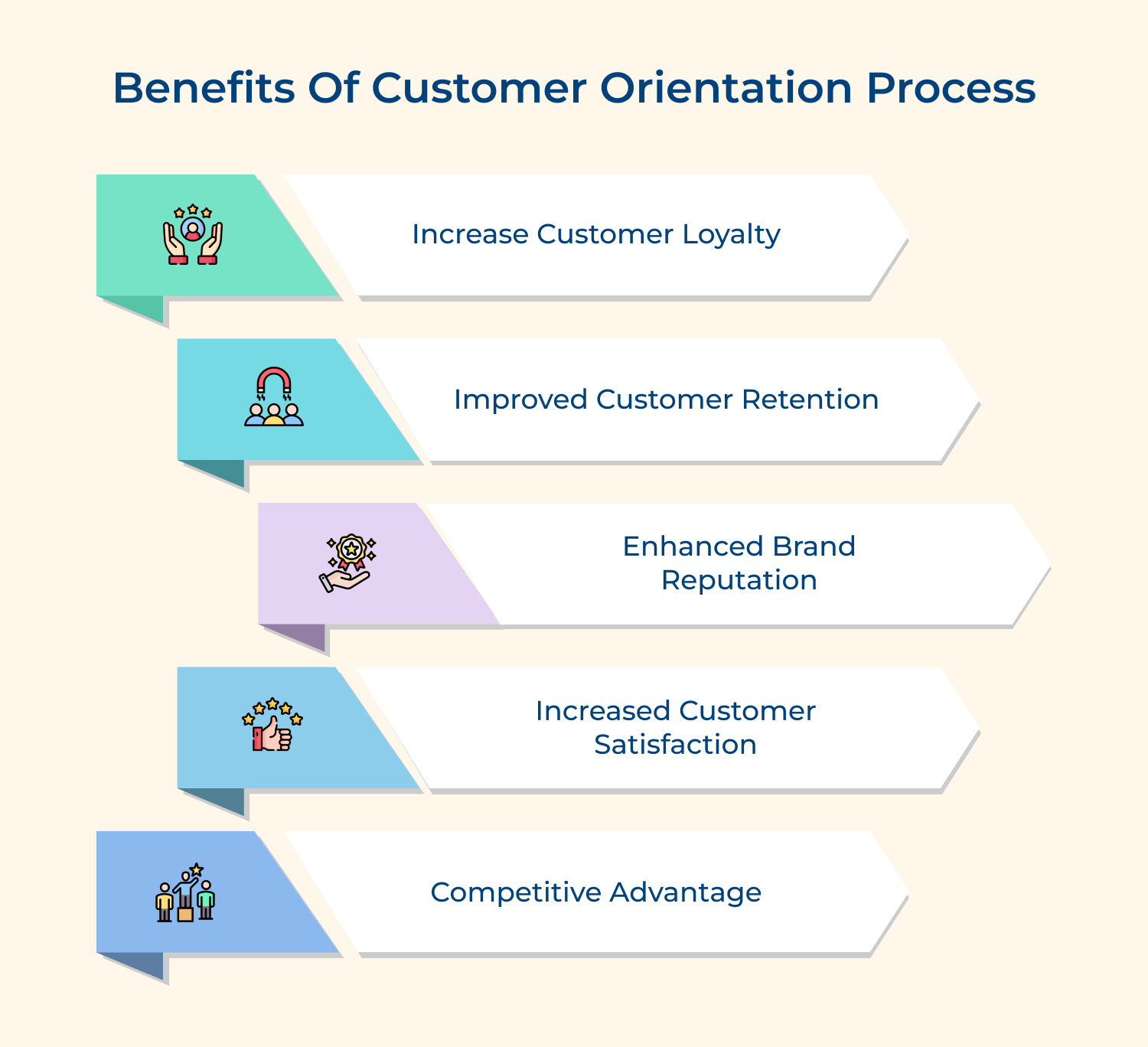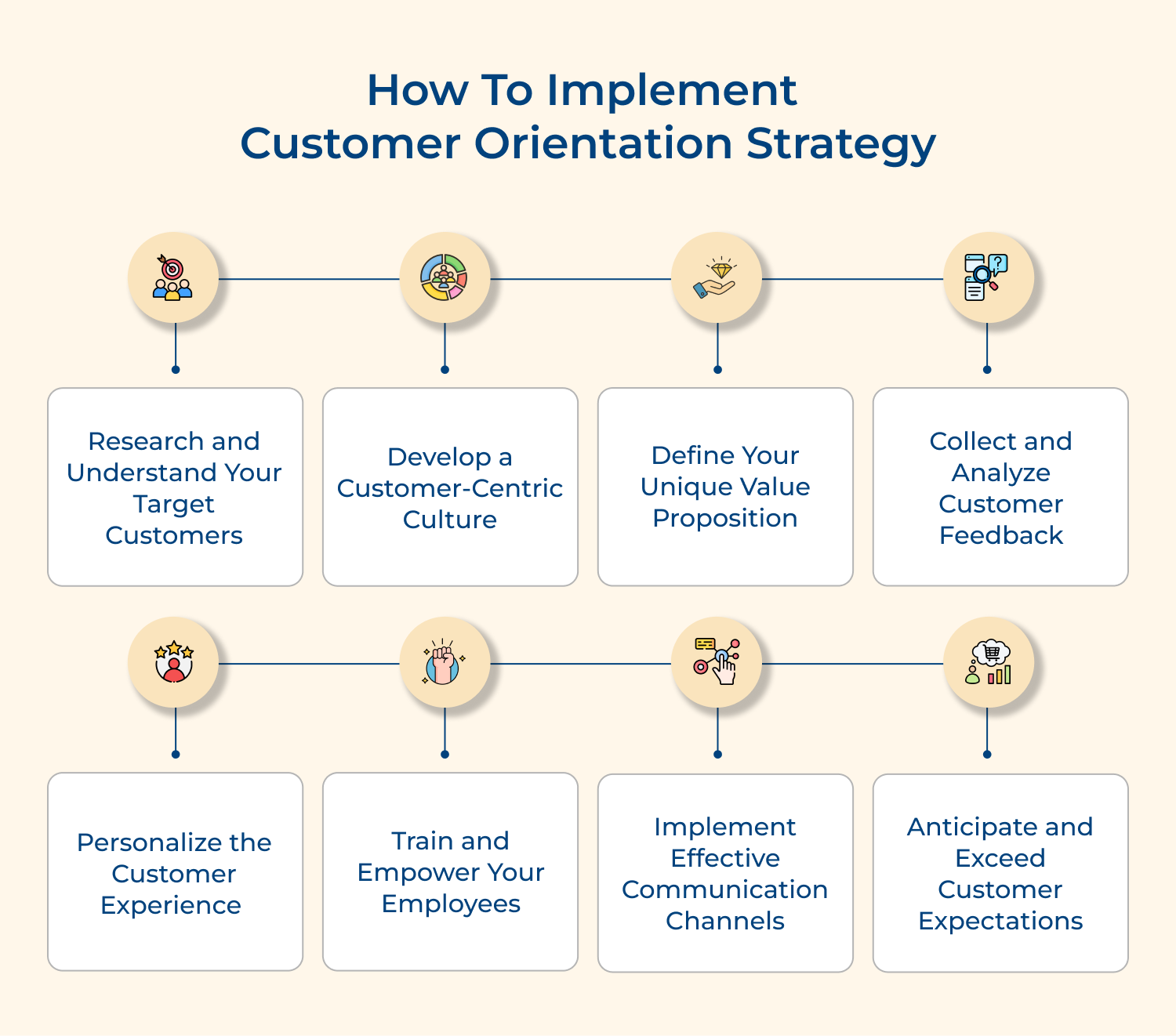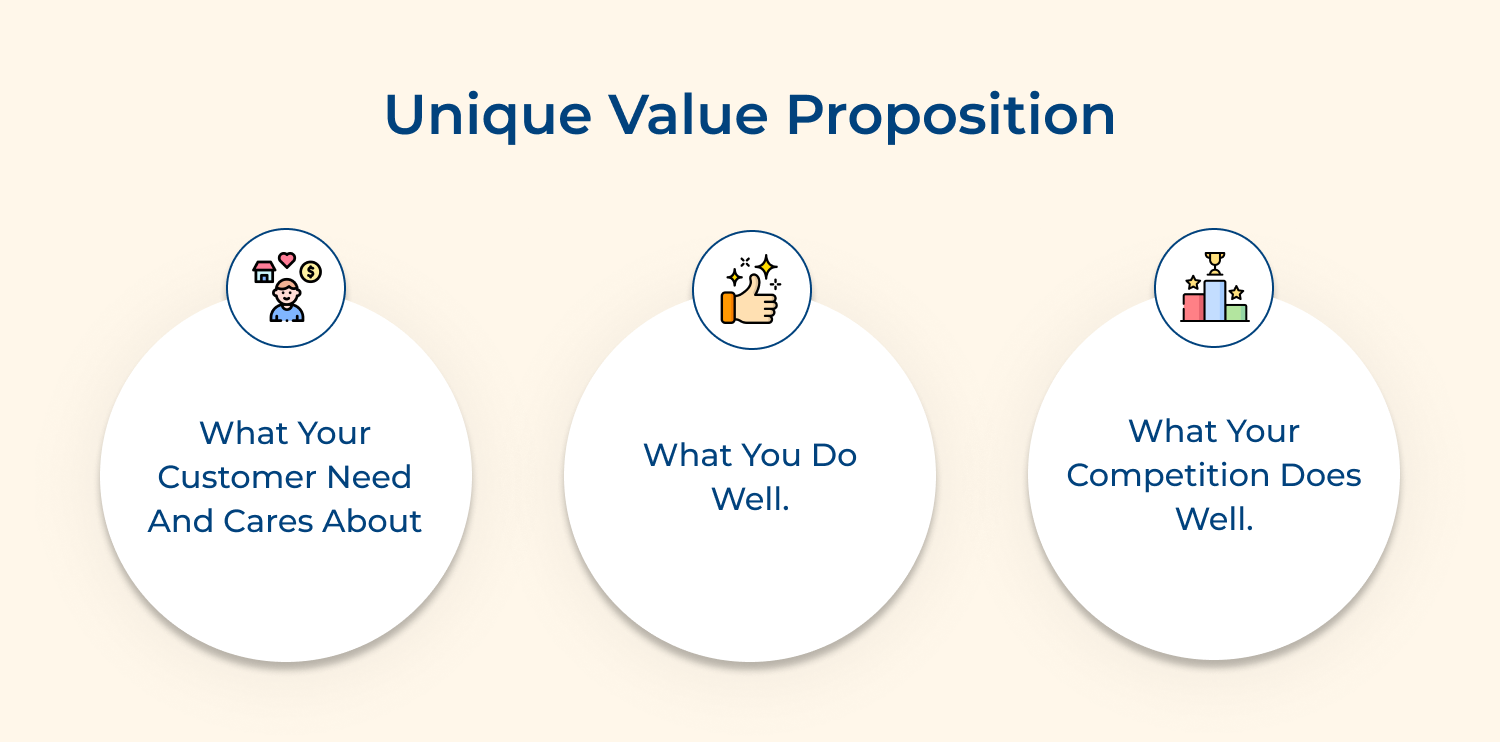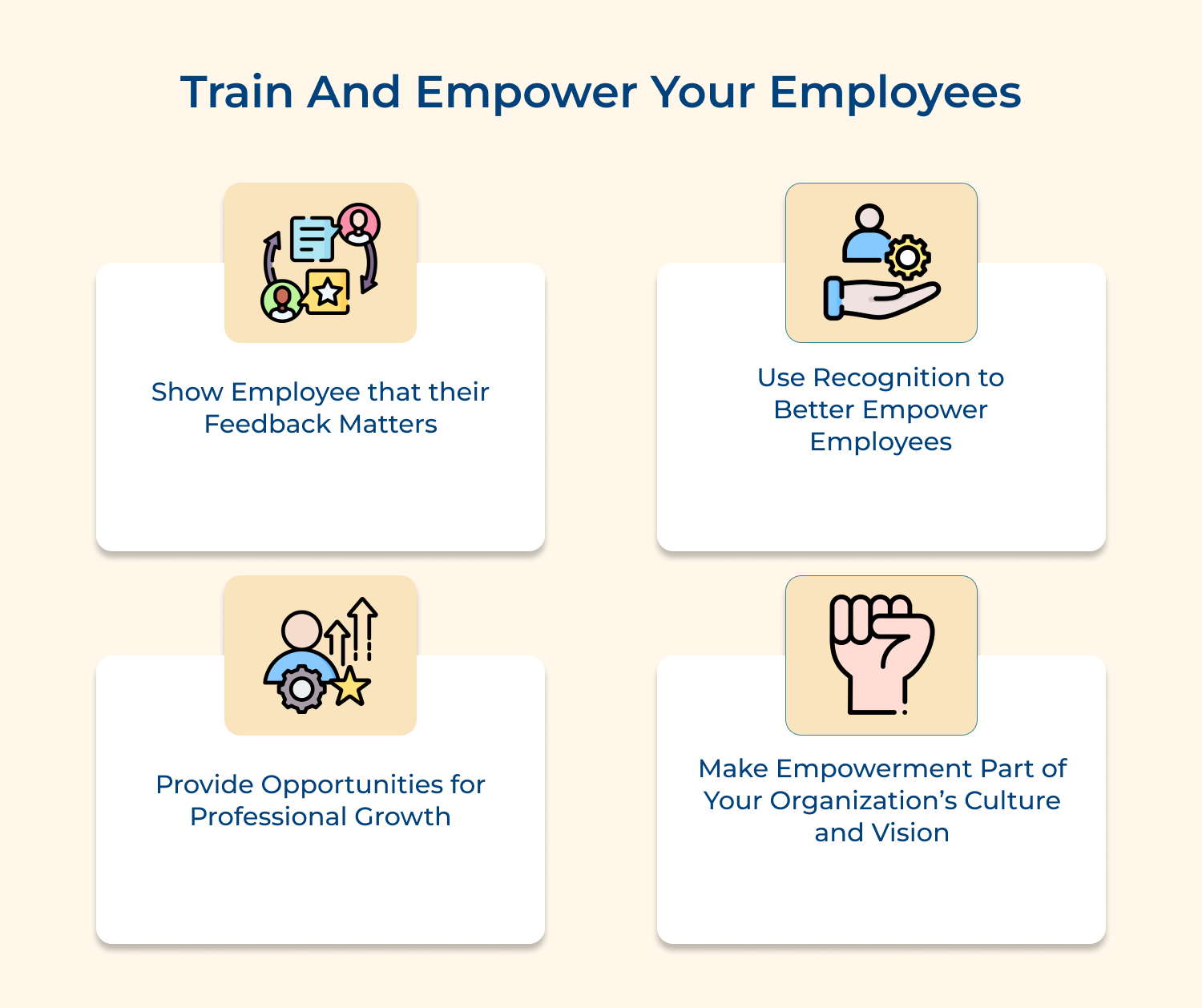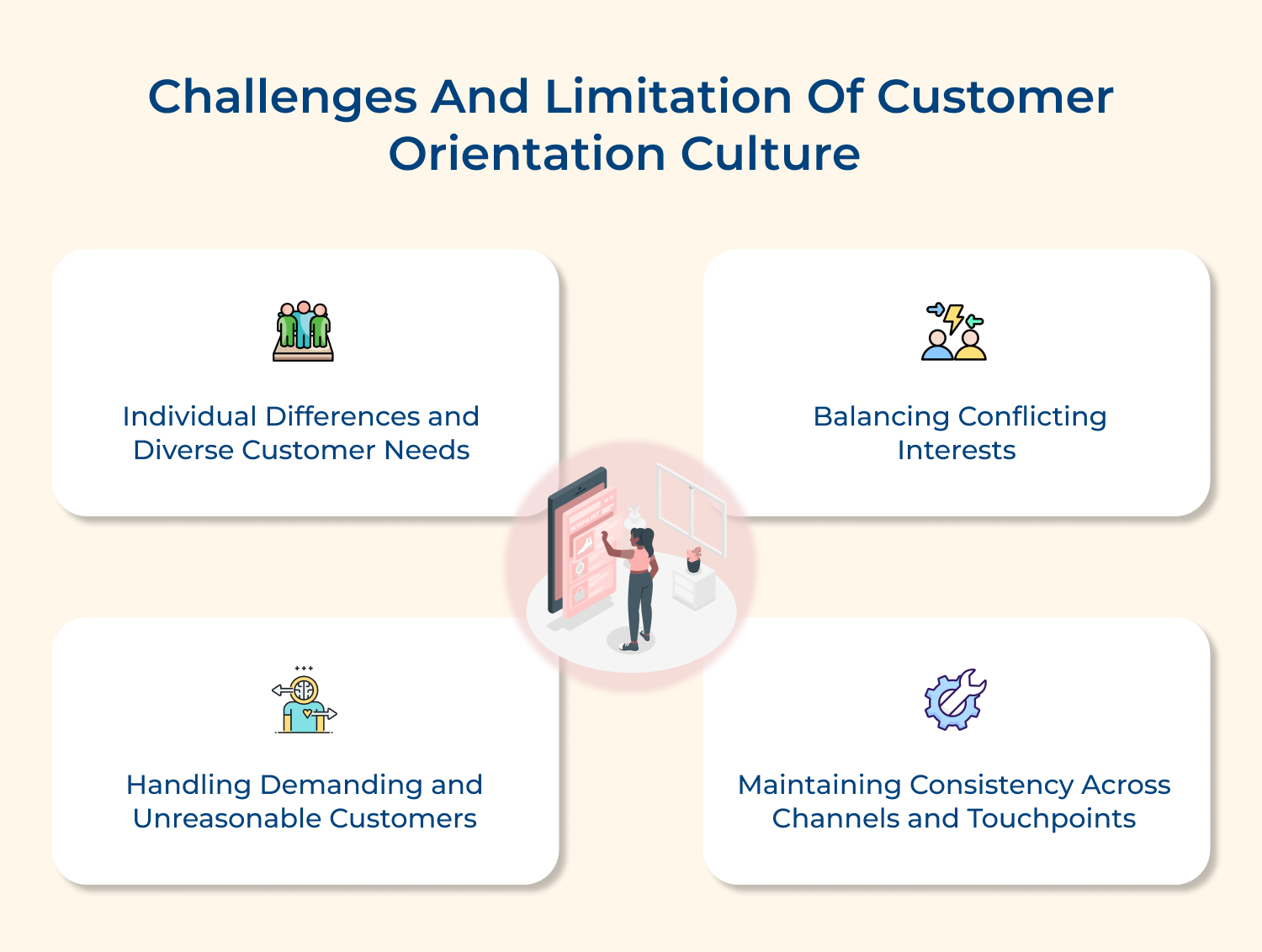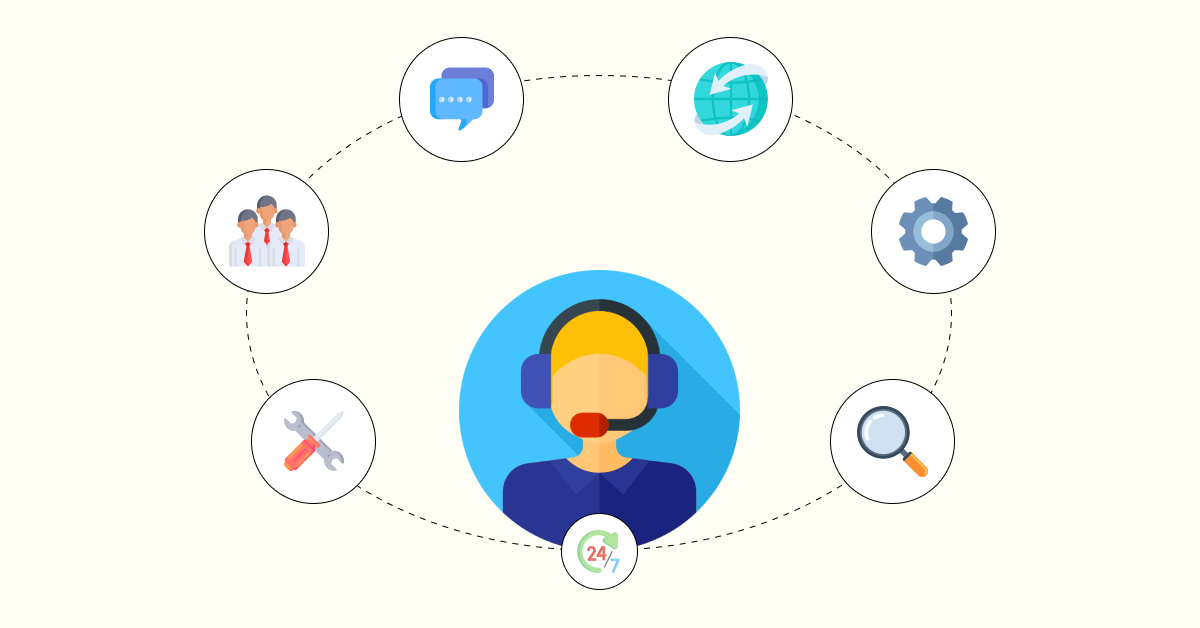Individual Differences and Diverse Customer Needs
One of the primary challenges of customer orientation is that customers have diverse needs and preferences. Each customer is unique and may have different expectations from a product or service. It becomes even more challenging when customers’ preferences change over time or in response to market trends.
Solution: Companies must invest significant resources in market research and customer segmentation to understand as well as cater to these diverse needs effectively.
Balancing Conflicting Interests
Businesses are required to prioritize customer satisfaction above all else. Focusing on balance is crucial in building loyalty but sometimes there is also conflict with some important aspects of the business, such as profitability or employee satisfaction. Balancing these conflicting interests becomes essential for sustainable growth and profitability.
Solution: Companies must find ways to meet customer needs while also considering the impact on their overall business objectives.
Handling Demanding and Unreasonable Customers
Managing customer unreasonable demand is sometimes difficult. Customers may have unrealistic expectations or constantly demand special treatment. Dealing with such customers can be challenging for businesses, as the primary objective is to maintain customer satisfaction
Solution: Companies need to establish clear policies and guidelines to handle such situations effectively, ensuring that all customers are treated fairly while also protecting their own interests.
Maintaining Consistency Across Channels and Touchpoints
Improvement of customer oriented marketing and rise of omnichannel strategies can be difficult to maintain consistency across different customer touchpoints. Ensuring consistent service quality, brand messaging and customer experience across these various channels can be a real challenge.
Solution: Organizations must invest in technology, processes and training to ensure that customer orientation is consistently delivered across all touchpoints.
Boost Your Business with Customer Orientation Approach
Customer orientation is a crucial aspect of any successful business. Analyzing the needs of the customer is the forefront part of strategies and decision-making. A customer-oriented approach involves anticipating customer needs, providing exceptional customer service. It requires a deep understanding of customer preferences and effective communication for delivering value.
Companies can create a satisfying experience for their target audience. Businesses that prioritize customer orientation are more likely to succeed in today’s competitive market, as they understand the importance of meeting the evolving demands of their customers.
